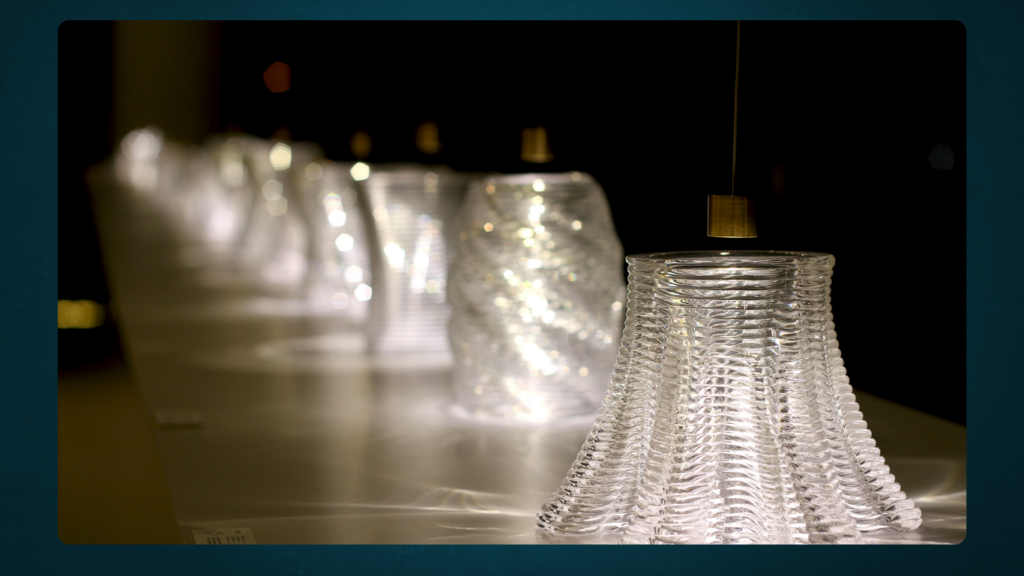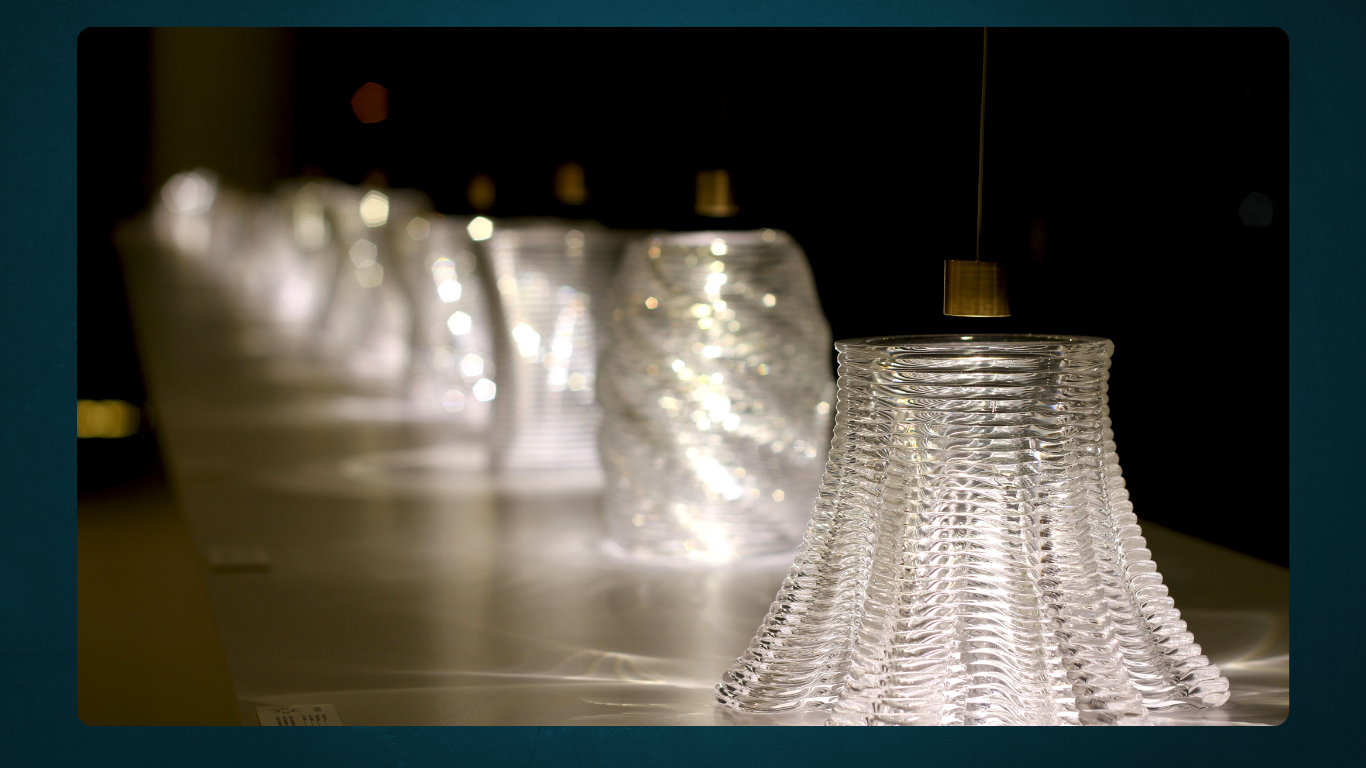MIT engineers have developed a novel solution aimed at making construction more sustainable—interlocking bricks crafted from recycled glass. These innovative bricks, which can be reused after a building’s lifecycle, represent a key advancement in the field of circular construction, a movement that promotes the reuse of building materials and designs that enable easy reconfiguration of structures. By focusing on reducing waste and lowering the carbon footprint throughout the construction process, this approach offers a new way to build greener cities.

At the heart of the project is a custom 3D glass printing technology developed by Evenline, a spinoff from MIT. Using this technology, the team created strong, multi-layered glass bricks with a distinctive figure-eight shape that interlocks much like LEGO bricks. These bricks have proven to be as durable as concrete blocks, passing mechanical tests that showed their ability to withstand comparable pressure. Kaitlyn Becker, an assistant professor of mechanical engineering at MIT, notes the advantages of this approach: “Glass is incredibly recyclable, and we’re using that quality to create durable, reusable building blocks.”
Unlike traditional materials that contribute to waste at the end of a building’s life, these bricks offer the ability to be disassembled and reconfigured into entirely new structures. “When a building reaches the end of its use, you can either reuse the bricks in a new design or melt them down and print something completely different,” Becker explains. This versatility feeds into the broader idea of a sustainable, circular building material, which aims to keep resources in use for as long as possible.
The project’s lead, Michael Stern, a former MIT graduate student and the founder of Evenline, believes that this glass-based approach breaks the conventional thinking about what structural materials can do. “Most people think of glass as fragile, but we’re showing it can serve as a strong, load-bearing material. It’s an exciting opportunity to rethink how we build,” says Stern.
Stern’s fascination with 3D glass printing began while he was studying at MIT. He developed a 3D printer that could print molten recycled glass, sparking ideas for how this material could find new uses in architecture and beyond. Working with soda-lime glass, the team incorporated round pegs into the bricks’ design, similar to the studs on LEGO blocks, allowing for easy interlocking. According to Massimino, another member of the research team, the figure-eight shape provides enough flexibility to allow the bricks to snap together while building walls that can even feature curves.

One challenge the engineers faced was the natural brittleness of glass, which required creative solutions. In tests using an industrial hydraulic press, the most robust bricks were those that featured an interlocking component made from a different material. “Glass is a tricky material, but with the addition of these interlocking elements, the strength and reliability of the blocks increased significantly,” Becker explains.
Looking to the future, the team envisions starting small, with temporary structures like pavilions, as proof of concept. These would allow people to interact with the material while demonstrating its adaptability. “You could imagine the same set of bricks being used for a pavilion today, then reassembled into a new design tomorrow,” says Stern. “These glass blocks could have many lives, contributing to more sustainable and flexible architecture.”
By incorporating circular economy principles and pushing the boundaries of 3D printing, this innovation could lead the construction industry toward a future where buildings are designed to be adaptable, reusable, and significantly less wasteful. As sustainable construction continues to grow in importance, reusable glass bricks could become a cornerstone of eco-friendly architectural practices.

Subtly charming pop culture geek. Amateur analyst. Freelance tv buff. Coffee lover
